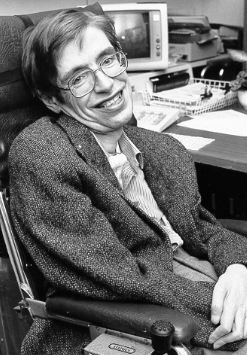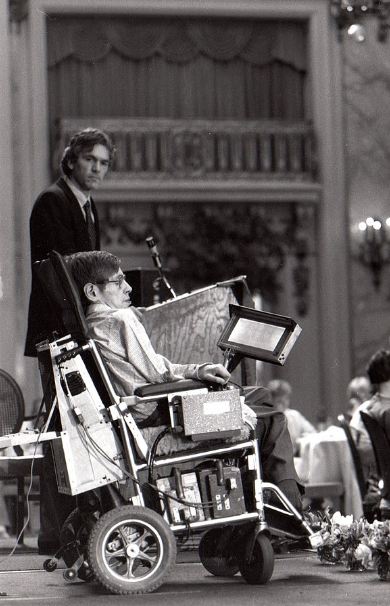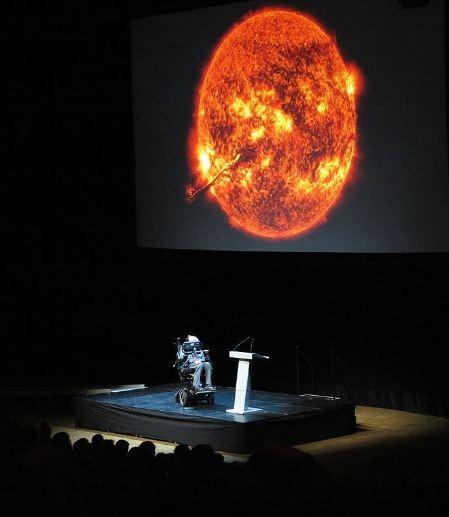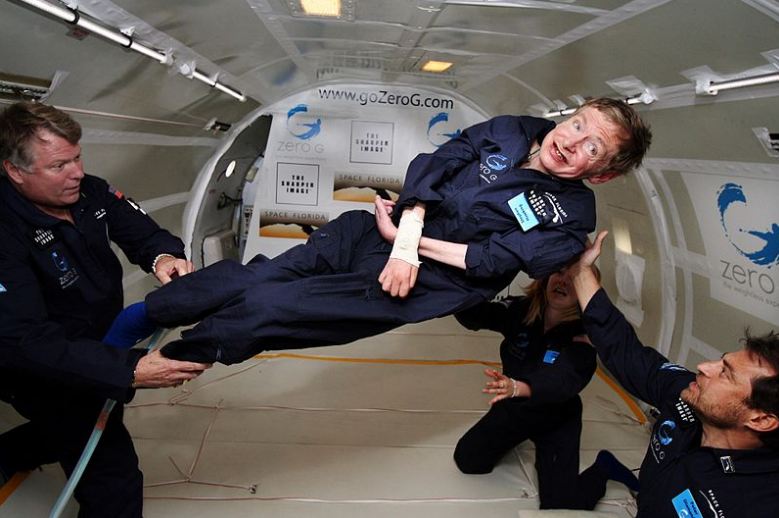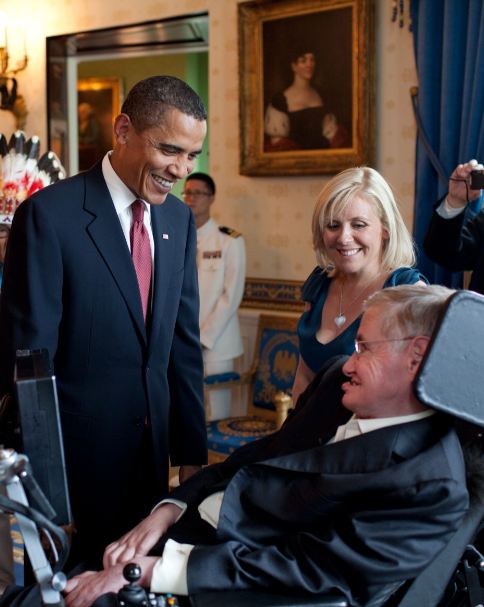Stephen Hawking is a name that almost everyone in the science community is familiar with. His work has been revolutionary in theoretical physics, changing the way scientists see the history of the universe. He is also responsible for the huge strides made by the scientific community towards having a better understanding of black holes.
Alongside his brilliant work in science, he has also written best-selling books for those of us who do not have much scientific experience. Although the accomplishments of Stephen Hawking can themselves make up a whole book, here we take a look at his profile and discuss his life, education, career, and death.
Who Was Stephen Hawking?
Stephen Hawking is accepted widely to be one of the most accomplished and renowned theoretical physicists. He was a British scientist responsible for many breakthroughs in the field of cosmology and physics. His books have been a source of knowledge and information for everyone regardless of if the reader has much scientific knowledge or not.
Stephen William Hawking was born on 8th January 1942 in Oxford and died at 76 in Cambridge on 14th March 1948. Stephen contracted a degenerative neuromuscular disease in the 1960s called amyotrophic lateral sclerosis. Although this disease is incurable, he kept on working and went on to make groundbreaking discoveries. His insights are helping scientists of today make progress in fundamental physics.
Early Life
Stephen William Hawking was born in Oxford in England on 8th January 1942 to Frank and Isobel Eileen Hawking; both attended the University of Oxford. He had two younger sisters and an adopted brother. His father was a medical researcher whose specialty was tropical diseases, and his mother was a secretary for a medical research institute.
In 1950, his father would take a job to manage a division of parasitology at the National Institutes of Medical Research and would spend the winter months in Africa. A friend describes the Hawking family as an “eccentric bunch.” Although Hawking’s father wanted him to pursue medicine, he showed more interest in cosmology and science.
Education
Although Stephen is considered a genius today, he was not exceptional in his early academic life. Hawking loved board games and liked to invent new board games with his friends. He had a close group of friends with whom he would make model boats and airplanes. With the help of his teacher and a few friends, he made a computer from recyclable parts in his teens.
Hawking wanted to study mathematics at university, although his father was concerned that there were not enough jobs for mathematicians and wanted him to go into the field of medicine. His father also wanted him to study in University College at Oxford University, which he attended himself.
After he got his scholarship in March 1959, at the age of 17 only, Hawking entered University College, Oxford, and started his university education. Oxford did not offer him a degree in mathematics, so he instead decided to study chemistry and physics. Hawking considered university education to be very easy. He would later go on to say that, on average, he put around an hour every day into his studies.
Hawking graduated with honors in 1962 and then attended Trinity Hall, Cambridge, for a Ph.D. in cosmology.
Scientific Achievements
Hawking made several contributions to science throughout his scientific career. One of his earliest accomplishments was proving that time had a beginning. He also made great strides towards increasing our understanding of black holes, but his greatest scientific achievement was a discovery related to black holes.
Hawking discovered that black holes emit radiation, which is now called Hawking radiation. Initially, this discovery was met with skepticism, but it later went on to be widely accepted as an important breakthrough in the field of theoretical physics. This breakthrough allowed for more progress in understanding how gravitational physics and quantum physics fit together. These accomplishments, along with other accomplishments, made Stephen Hawking a towering figure in the scientific community.
Personal Life
Hawking met Jane Wilde at a new year’s party in 1963, whom he married in 1965. Hawking and Jane had three children together called Robert, Lucy, and Timothy. Hawking got closer to one of his nurses named Elaine Mason and left his wife for her. He divorced Jane and married Elaine in 1995.
Hawking’s nurses alerted the police about their suspicion that Hawking was physically abused by his wife Elaine in the early 2000s. A police investigation was conducted, but Hawking refused to file a complaint, so the investigation was canceled. Hawking and Elaine later filed for divorce in 2006, after which he grew closer with his children and Jane. He and his daughter Lucy would go on to publish science-based novels for children.
Stephen Hawking’s Disability
At the age of 21, Stephen Hawking was diagnosed with motor neuron disease, which gradually paralyzed him over time. When his disease was diagnosed, he was only given two years to live, although it was later discovered that the disease was progressing at a much slower rate. Slowly the disease caused his physical abilities to decline, and by the end of the 1960s, he had to start using a wheelchair. Eventually, his speech deteriorated to the point that only close friends and family could understand him. He contracted pneumonia during a visit to CERN, which was life-threatening to him due to his condition. This necessitated a tracheotomy which required the removal of his speech completely.
At first, Stephen communicated by raising his eyebrows to choose a letter on a spelling card. He then got a computer program called the “Equalizer” in 1986, allowing him to communicate more effectively. At first, the program ran on a desktop computer, but it later ran on a small computer attached to his wheelchair. He would go on to use this method for the rest of his life.
Initially, this method required him to press buttons with his hand, but as he lost control of his hands in 2005, he started controlling his communication device with his cheek muscles. Several more technologies were developed and incorporated to allow Hawking to communicate better.
He could no longer drive his wheelchair on his own by 2009, but a method was being developed to allow him to control his wheelchair through the movement of his chin. However, this method was not very effective. He also experienced difficulty breathing near the end of his life, often requiring a ventilator and being hospitalized.
Death of Stephen Hawking
Hawking died of ALS on 14th March 2018 at his home in Cambridge, England. His funeral was conducted on 31st March 2018. Hawking left behind a legacy that will inspire scientists for decades to come and is inspiring a generation of scientists today as well. His ashes were interred between the graves of Charles Darwin and Isaac Newton in Abbey’s nave.
Conclusion
Stephen Hawking has been a source of inspiration for many scientists. He has made several contributions to science that will further our understanding of the universe as a whole in the coming years. He was a towering figure in the world of science who furthered our understanding of the universe through his accomplishments.
Stephen’s work is a source of knowledge for scientists around the globe, just like his books are a source of knowledge for those of us who lack advanced scientific knowledge. Hopefully, this article has further familiarized you with Stephen Hawking and his contributions to humanity.
